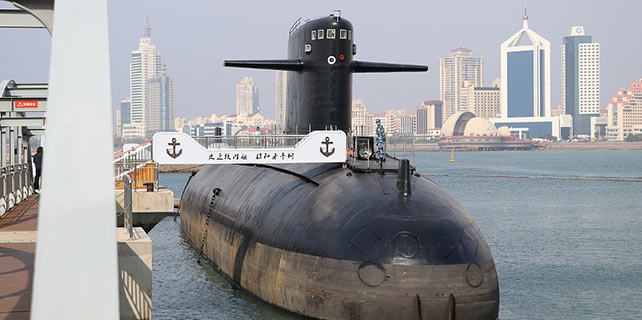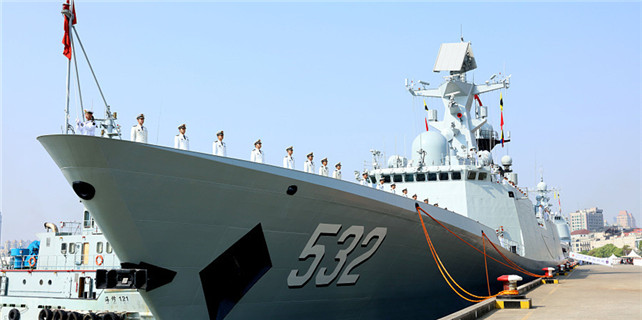Chinese ports cruise on sustainable routes
BEIJING — On top of fast business growth at the start of this year, Chinese ports aim to become greener and more sustainable with strengthened core competitiveness.
In the first quarter this year, the container throughput at major Chinese ports rose 7.2 percent to 53.7 million standard units, buttressed by surging business at some key ports, according to figures from the Ministry of Transport.
The container throughput at Shanghai port and Ningbo Zhoushan Port in eastern China's Zhejiang province jumped 9.5 percent and 9.2 percent year-on-year, respectively.
The business growth rate outpaced the 1.9 percent registered a year ago and the GDP growth of 6.9 percent in the first quarter this year, beating market expectations. Container throughput is considered a barometer of economic growth, together with freight volume and power use.
"The momentum of Chinese port business picked up in tandem with a rebounding of domestic consumption, industrial production and logistics," said Jiang Mingbao, a senior official with the ministry, adding that Chinese ports are likely to witness steady growth in the next five to ten years on the back of a firming economy.
However, like many Chinese industries plagued by overcapacity, Chinese ports nationwide are engaged in homogeneous competition with the profit margins of their traditional business waning, industry observers said.
"Some ports are afflicted by an excessive handling capacity for bulk cargo and petroleum products," cautioned Wu Chungeng, spokesperson of the ministry.
The view was echoed by entrepreneurs including Li Jin, deputy general manager of Nanjing Port Group based in eastern China's Jiangsu Province, who said that Chinese ports are confronted with multi-pronged challenges including excessive handling capacity, rising operational costs and more stringent supervision.
The port industry is witness to the painful but necessary transition in the Chinese economy, which aims to rely more on innovation and high value-added products and services by reducing energy intensity.
Despite the anemic global economic and trade recovery, the listed arm of Nanjing Port Group raked in 85 million yuan (about $12.3 million) in net profit last year, representing a surge of 290 percent from 2015, as the company provided tailor-made services in logistics and expanded business into areas including port machinery manufacturing and harbor engineering.
Business innovation and greener strategies are critical to many Chinese companies' climb up the value chain and their sustainable development. Improved salaries and living conditions for workers have allowed other countries to gain market share of low-end products once produced in China, where ecological degradation has aroused public concern.
About 60 percent of vessels moored at docks in southwestern China's Chongqing Municipality have access to cleaner electricity generated by power plants in the city instead of that powered by diesel generators installed on vessels, official figures showed.
Ports nationwide are also beefing up supervision of waste treatment and dangerous chemicals leakage, while some ports in Zhejiang province have invited private capital to participate in treatment of sewage and oil spills from vessels through the government's purchase of public services.
China is trying to promote green and smart development of transport services, according to a white paper titled "Development of China's Transport" released at the end of last year.
China is striving to push forward green development of transportation through conservation and intensive use of resources while promoting the use of standardized, low-carbon, and modern equipment and energy-saving means in the transport sector, noted the white paper.









